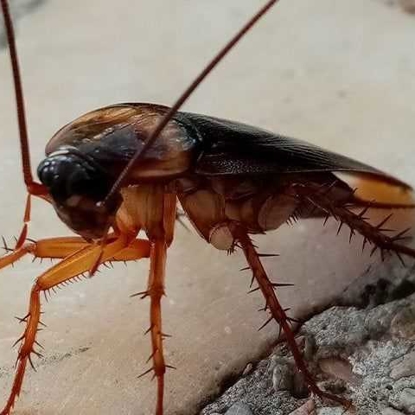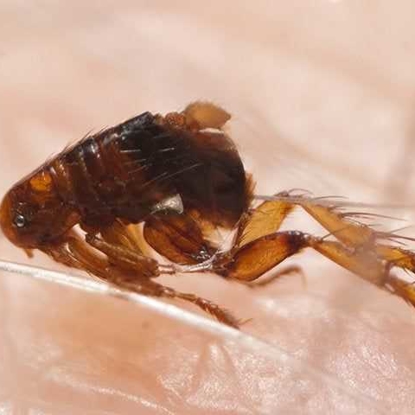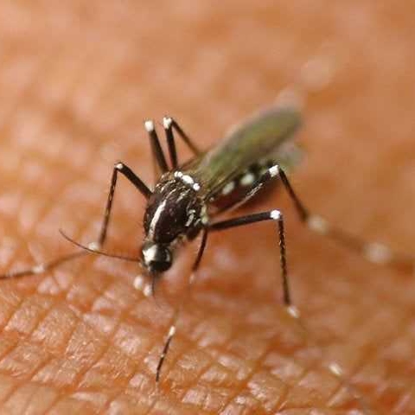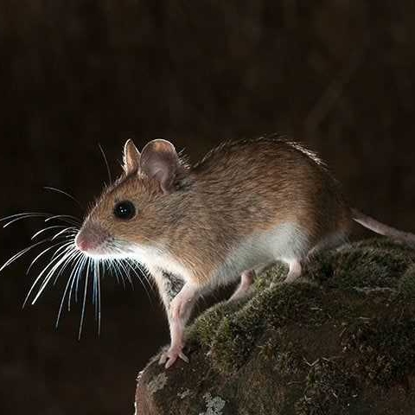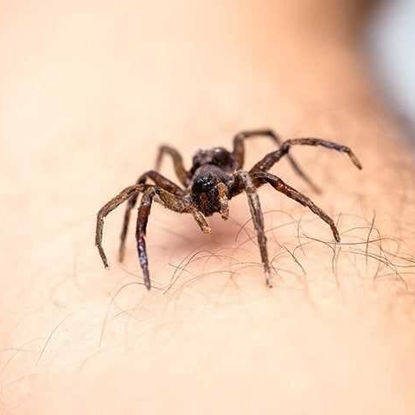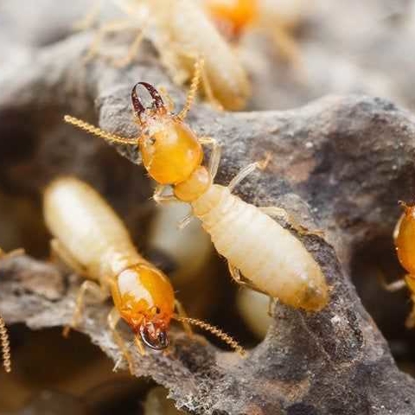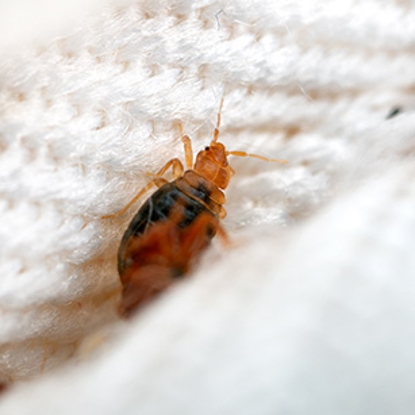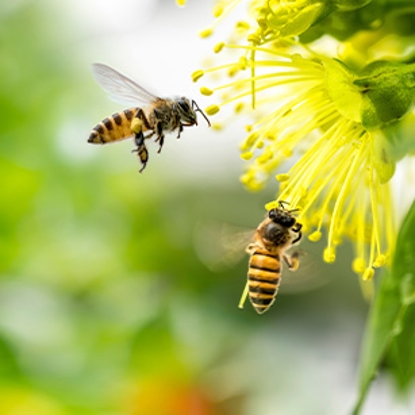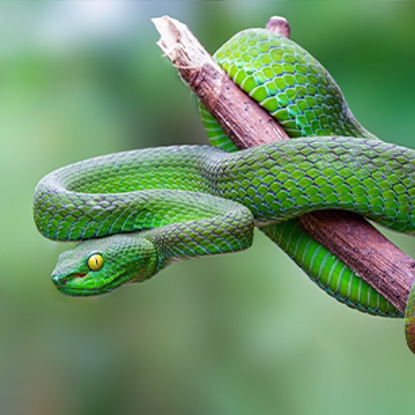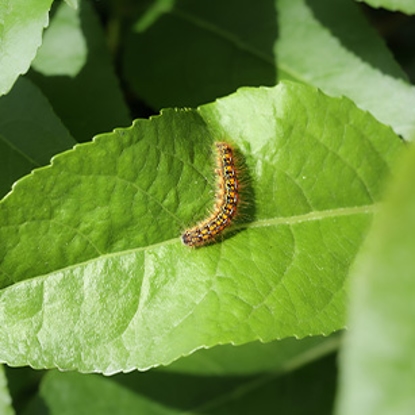
Bugtime's Pest Library
If you start seeing pests scurrying through your house, you’ll probably want to know what you’re dealing with. Our Pest Library is here to help. We’ve gathered important information about the pests that are most common in Humble and the surrounding areas so that you can get your questions answered quickly. To request quick relief from household pests, reach out to our team today!
Humble Pest Solutions You Can Count On
If you are experiencing problems with the pests listed above or discover any other insect or pest in your home, don't try to solve the problem yourself; give us a call at Bugtime Termite & Pest Control. We will work together as a team to ensure that your home's pest problems are solved!
To learn more about our Humble home pest control and commercial pest control services, reach out today. We are excited to partner with you and help you achieve your goal of a pest-free home!

Pesky Pests You Should Be Aware

Why Choose Bugtime Termite & Pest Control?
-
Available for Emergency HelpDon't sit around and wait for pest control services. We're here for you!
-
Insured for Your Peace of MindOur team is fully licensed, insured, and vetted.
-
Get an EstimateGet started by giving us a call and setting up an estimate.
Bugtime Termite & Pest Control's Blog
Want all the latest news or updates? Browse through our blog to read our most recent posts and featured articles.
